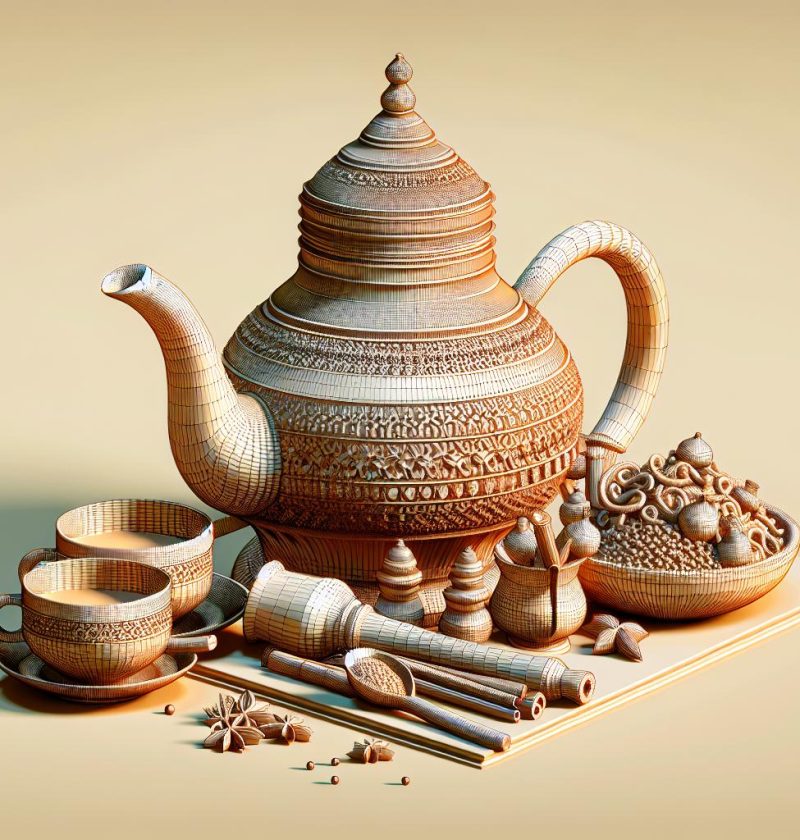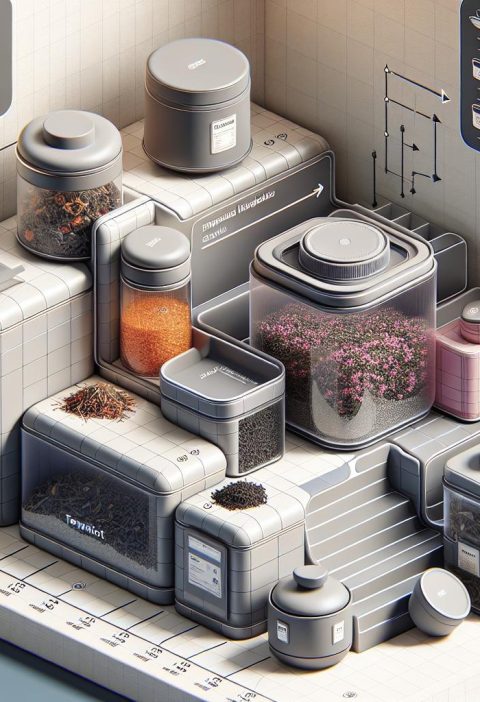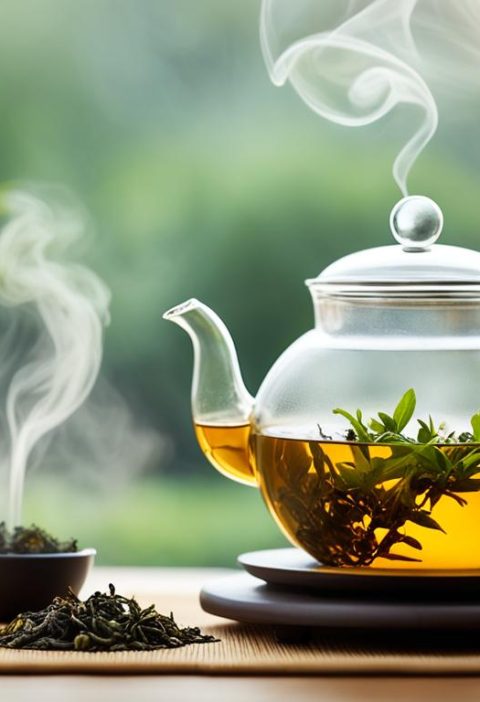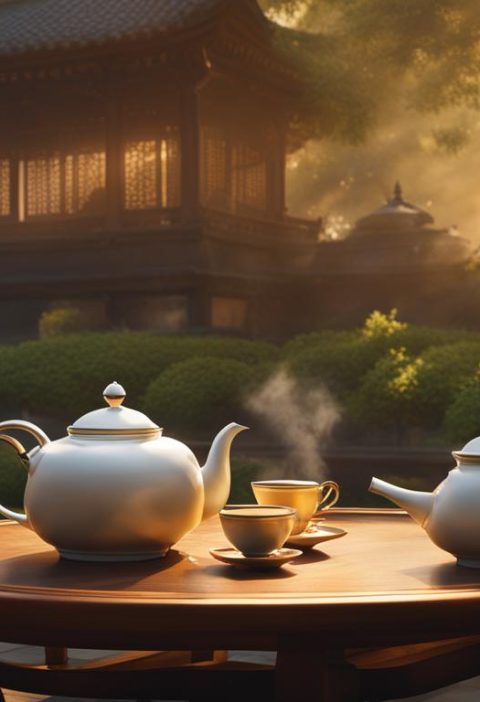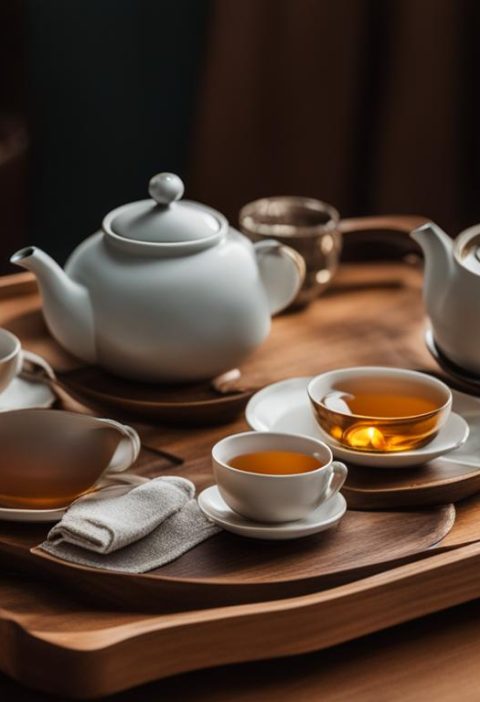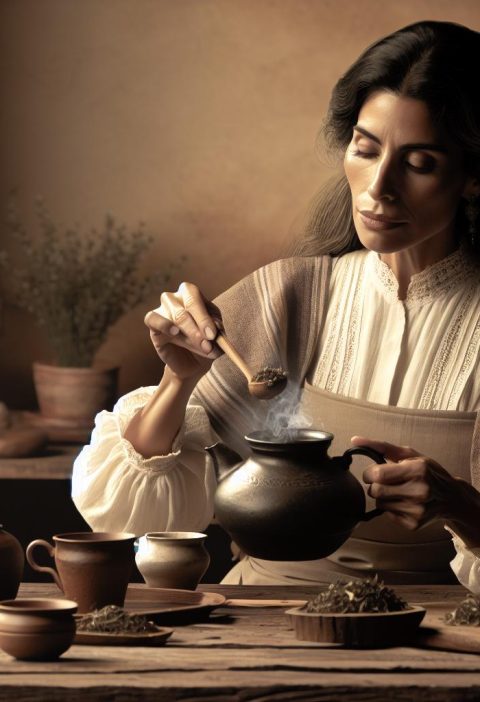Welcome to the enchanting world of tea, where each cup tells a story steeped in tradition and flavor. In our exploration of tea, we delve into two essential aspects: storage and rituals. Proper storage is crucial to preserving the delicate nuances of tea leaves, ensuring a delightful brew every time. As we uncover the mysteries of tea storage, we unlock the secrets to maintaining freshness and flavor.
Tea rituals offer a glimpse into diverse cultures and centuries-old practices that elevate the simple act of brewing tea into a ceremonial experience. From the serene Japanese tea ceremonies to the vibrant Indian chai traditions, tea rituals enrich our lives with mindfulness and connection. Join us on this journey as we uncover the art of tea storage and immerse ourselves in the captivating rituals that celebrate the world’s favorite beverage.
The Importance of Proper Tea Storage
Proper tea storage is essential in maintaining the freshness and flavor of your tea. Whether you’re a casual tea drinker or a tea connoisseur, knowing how to store your tea correctly can make a significant difference in your tea-drinking experience.
For Beginners: Tea Storage Basics
- Store tea in an airtight container away from light and moisture.
- Avoid storing tea near strong odors to prevent absorption of unwanted smells.
- Keep different tea varieties separate to maintain their unique flavors.
For Intermediate Tea Enthusiasts: Enhancing Preservation
- Consider using tinted or opaque containers to shield tea from light exposure.
- Use vacuum-sealed storage containers to prolong the freshness of your tea.
- Temperature-controlled storage can help preserve delicate tea flavors.
- Invest in specially designed tea tins for storing different tea types.
- Use a tea humidor to control humidity levels and maintain optimal tea conditions.
- Implement a rotation system to ensure older teas are consumed first for peak flavor.
Remember, the way you store your tea can impact its taste and quality, so prioritize proper tea storage to enjoy the full spectrum of flavors tea has to offer.
Factors Influencing Tea Storage

When it comes to tea storage, various factors play a crucial role in maintaining the freshness and flavors of your teas. Understanding these factors is essential for ensuring a delightful tea-drinking experience. Let’s explore the key influencers for effective tea storage:
For Beginners: Temperature and Humidity Control
- Temperature: Store your teas away from heat sources and direct sunlight to prevent flavor deterioration.
- Humidity: Aim for a cool, dry environment to preserve the integrity of your teas.
For Intermediate Enthusiasts: Air Exposure and Container Selection
- Air Exposure: Minimize exposure to oxygen by choosing airtight containers to retain tea freshness.
- Container Selection: Opt for tinted containers to shield teas from light exposure, preserving their aroma and taste.
- Rotation Systems: Implement a rotation schedule to consume teas before they lose their freshness.
- Specialized Containers: Invest in tea tins or humidors designed for tea storage to maintain optimal flavor profiles.
Tea storage is not just about keeping your teas in any container; it’s about creating an environment that protects their delicate flavors. By considering these factors, we can ensure that our teas remain vibrant and full of flavor, ready to be enjoyed with every steep.
Best Practices for Storing Tea
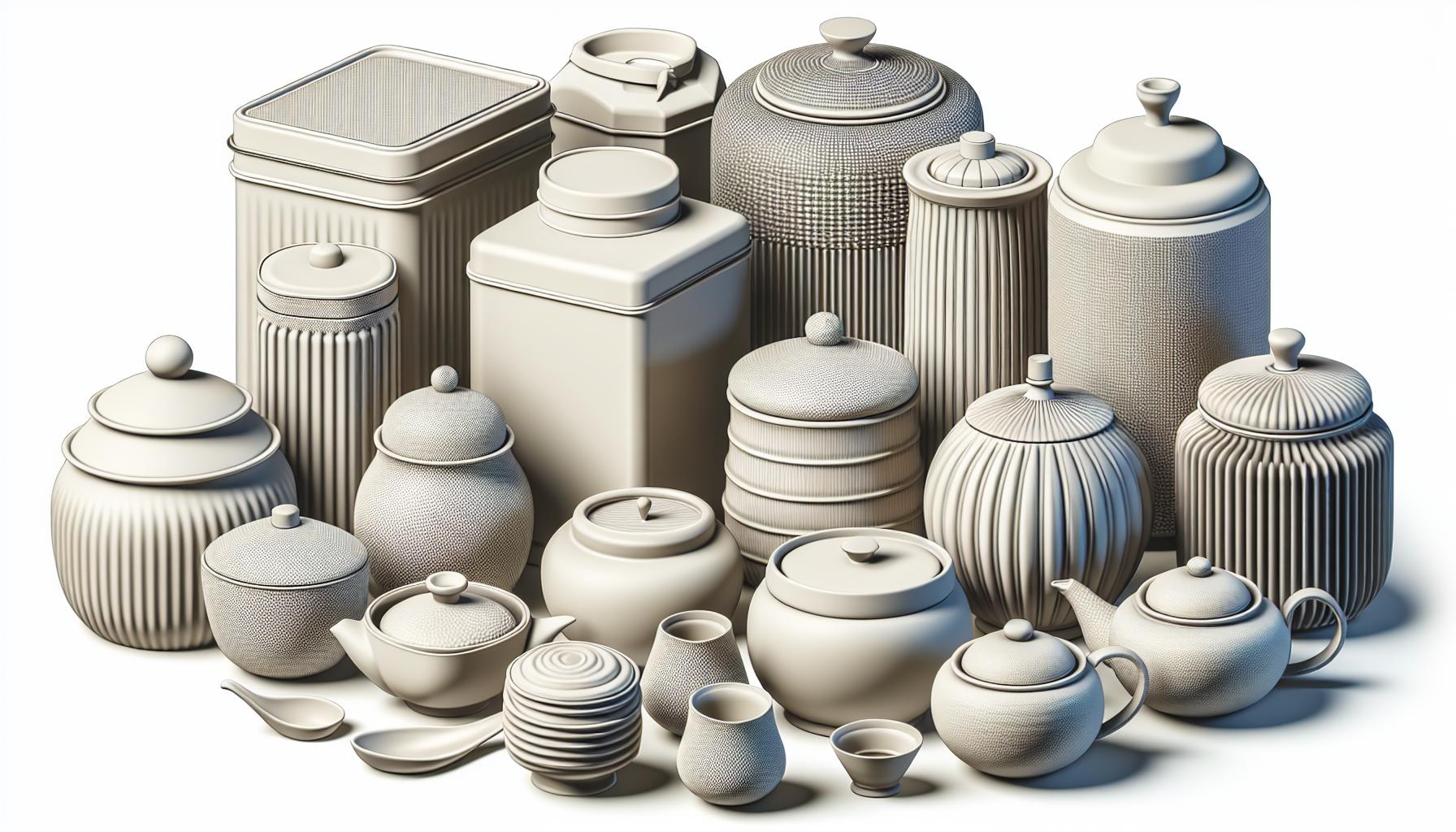
Tea storage is crucial to maintain freshness and flavor. Whether you’re a beginner or an expert, here are some best practices to ensure your tea stays at its best:
For Beginners: Getting Started Right
- Store in a cool, dark place: Shield your teas from light and heat to preserve their quality.
- Use airtight containers: Keep your tea away from air to prevent flavor loss.
For Intermediate Enthusiasts: Elevating Your Storage Game
- Focus on humidity levels: Maintain proper humidity to avoid tea becoming too dry or moist.
- Consider rotation: Rotate your teas to ensure even aging and flavor distribution.
- Choose the right containers: Select containers like tea tins or ceramic jars for optimal storage.
- Customize storage conditions: Tailor humidity and temperature settings for specific tea types.
- Invest in specialized containers: Explore options like tea tins or humidors for dedicated storage.
- Implement a labeling system: Track tea age, origin, and brewing notes for a more curated collection.
Our tea storage practices directly impact the taste and aroma of our favorite brews. By following these best practices, we can savor vibrant and flavorful teas for a delightful drinking experience.
Dive into Tea Rituals Around the World
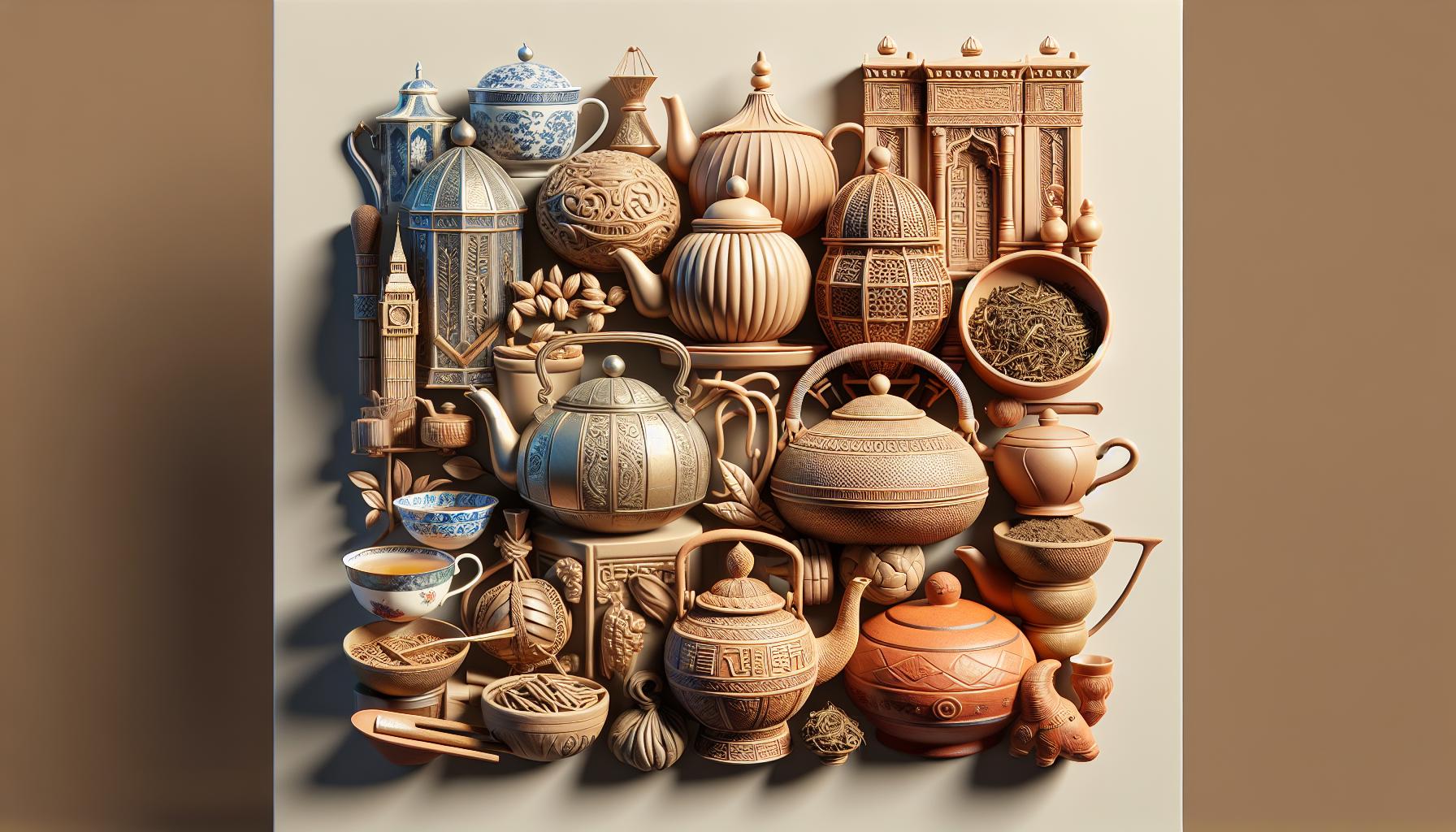
Tea is not just a beverage; it’s a cultural experience that varies widely across different countries. Tea rituals play a significant role in the way people enjoy and appreciate this versatile drink. Let’s explore some intriguing tea customs from around the world to enrich our tea-drinking journey:
For Beginners: Embracing the Basics
- In China, the Gongfu tea ceremony focuses on the art of brewing tea with precision and care.
- Japan offers the elegant Japanese tea ceremony, known as Chanoyu or Sado, emphasizing grace and mindfulness.
- India boasts the vibrant Chai culture, where spiced tea is brewed and shared as a symbol of hospitality.
For Intermediate Enthusiasts: Elevating your Experience
- Morocco showcases the traditional Maghrebi mint tea ritual, a blend of green tea, fresh mint leaves, sugar, and hot water.
- Russia embraces the Samovar tea tradition, featuring a communal tea urn serving strong black tea with sugar cubes and lemon.
- England presents the classic Afternoon Tea, a refined affair with finger sandwiches, scones, and a variety of teas.
- Experience South Korea’s intricate Dado tea ceremony, emphasizing harmony, respect, purity, and tranquility.
- Discover the Tuareg tea ceremony in North Africa, where three rounds of sweet tea honor friendship, hospitality, and the soul.
- Immerse yourself in Taiwan’s Gongfucha art of tea preparation, focusing on small teapots, multiple infusions, and savored flavors.
Tea rituals not only celebrate the beverage but also encapsulate the unique heritage and values of each culture, inviting us to savor not just the taste, but the essence of tradition in every cup we enjoy.
Japanese Tea Ceremonies: A Harmony of Tea and Tradition
Tea ceremonies in Japan are a blend of precision and grace. The ritualistic preparation and presentation of matcha tea symbolize respect, purity, and tranquility. Let’s explore how to engage in this centuries-old tradition at different experience levels:
For Beginners: Embracing the Basics
- Start with learning the fundamental movements and etiquette of the tea ceremony.
- Familiarize yourself with the different tools used, such as the chawan (tea bowl) and chasen (tea whisk).
- Begin by preparing a simple bowl of matcha to understand the basic steps involved.
For Intermediate Participants: Elevating Your Practice
- Dive deeper into the cultural significance of each movement and utensil in the ceremony.
- Experiment with different grades of matcha to appreciate the nuances in flavor and aroma.
- Practice creating more intricate patterns in the tea foam to enhance the presentation.
- Delve into the history and philosophy behind the tea ceremony to enrich your understanding.
- Explore the seasonal variations in tea utensils and the themes they represent.
- Challenge yourself to host your tea ceremony and invite guests to share in the experience.
Tea ceremonies in Japan offer a profound opportunity to connect with tradition and embrace the beauty of simplicity. Whether you’re a novice or a seasoned practitioner, the art of Japanese tea ceremonies invites us to slow down, savor the moment, and find harmony in the ritual of tea.
Indian Chai Tradition: A Spicy and Colorful Heritage
From the bustling streets of Mumbai to the quiet corners of Kerala, the Indian Chai tradition is a vibrant tapestry of flavors and aromas that captivates the senses. This ancient ritual of brewing spiced tea has been passed down through generations, each sip embodying the rich cultural heritage of India.
For Beginners: Embracing the Basics
- Ingredients: Start with black tea, milk, sugar, and a blend of aromatic spices like cardamom, cinnamon, and ginger.
- Brewing: Boil water with spices, add tea leaves, simmer, add milk, simmer again, and sweeten to taste.
- Serving: Strain the chai into cups or small glasses for a traditional touch.
For Intermediate Chai Enthusiasts: Elevating Your Chai Experience
- Variations: Explore regional variations like Masala Chai (spiced tea) or Kadak Chai (strong tea).
- Customization: Experiment with the spice proportions to suit your taste preferences.
- Accompaniments: Pair your chai with biscuits, samosas, or pakoras for an authentic experience.
- Fine-tuning: Adjust the brewing time and spice infusion for a perfectly balanced cup.
- Presentation: Serve in traditional kulhads (clay cups) for an added touch of authenticity.
- Pairings: Discover the art of pairing chai with Indian sweets like jalebi or gulab jamun for a sublime combination.
Whether you’re just starting your journey into the world of Indian chai or you’re a seasoned chai aficionado, each cup offers a glimpse into the soul of India, where every sip tells a story steeped in tradition and flavor.
Conclusion
In our exploration of the world of tea, we’ve delved into the art of tea storage and the captivating rituals surrounding this beloved beverage. From the intricate Japanese tea ceremonies to the lively Indian Chai tradition, we’ve uncovered a world of flavors and customs waiting to be savored. By understanding the basics, experimenting with variations, and paying attention to presentation, we can truly elevate our tea-drinking experience. Each cup of tea tells a unique story, intertwining cultural heritage with the simple pleasure of a well-brewed brew. Let’s continue our tea journey with curiosity and appreciation for the diverse tapestry of tea traditions around the globe.
